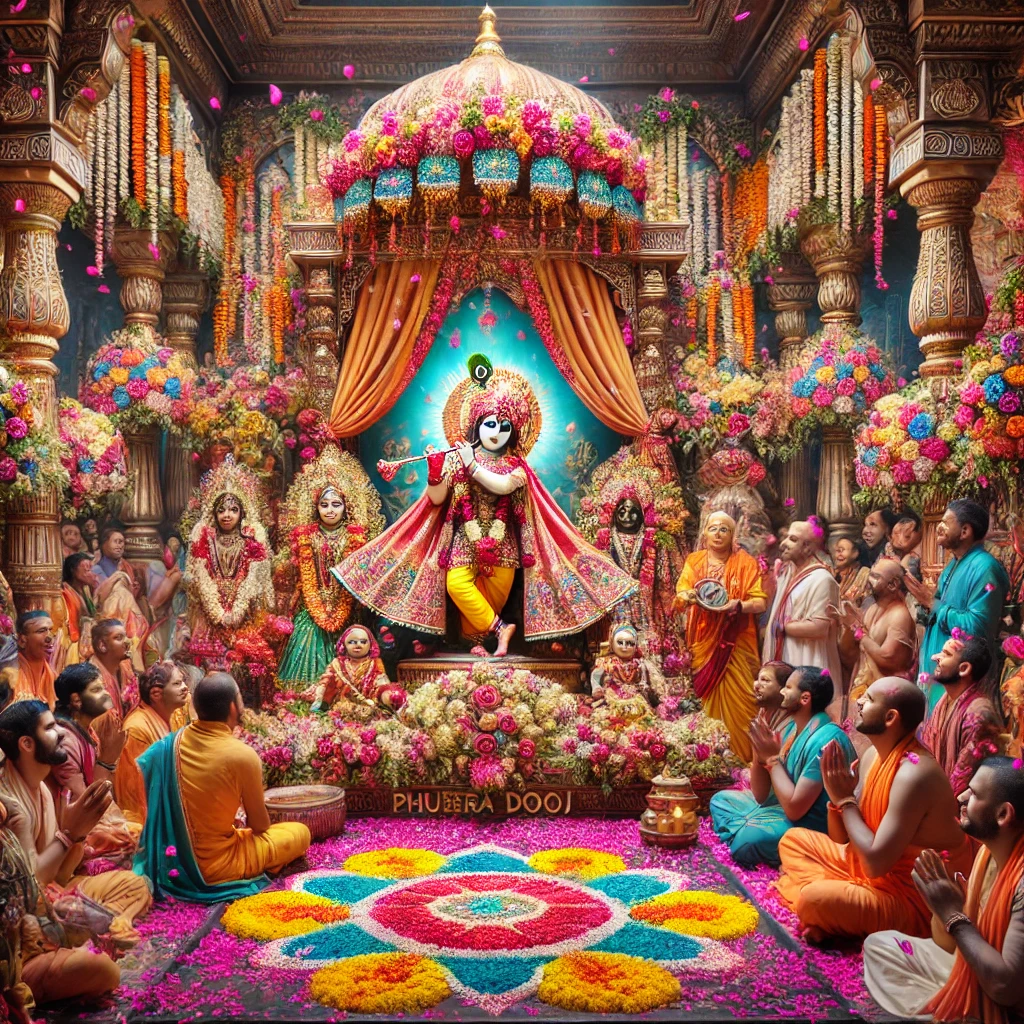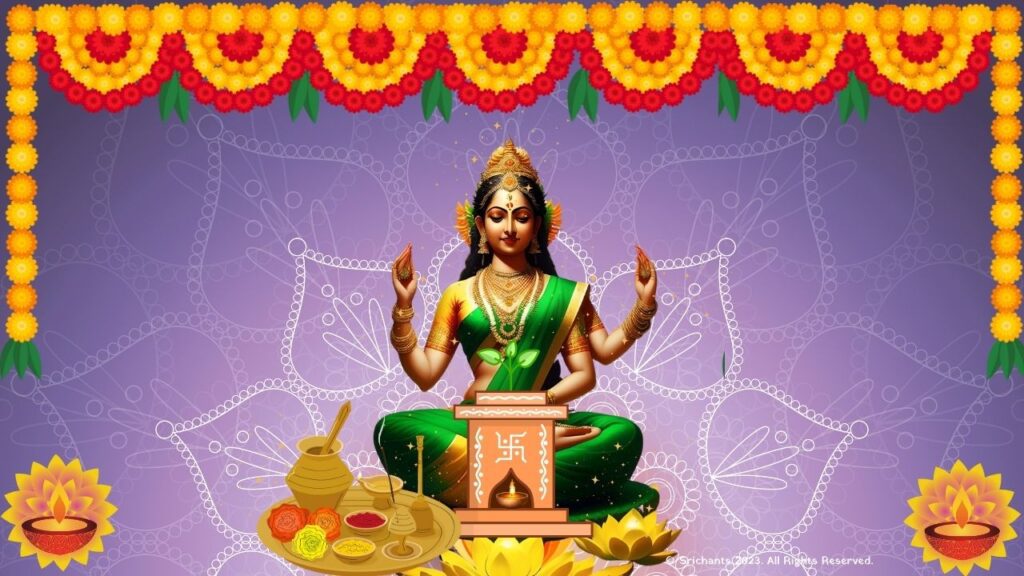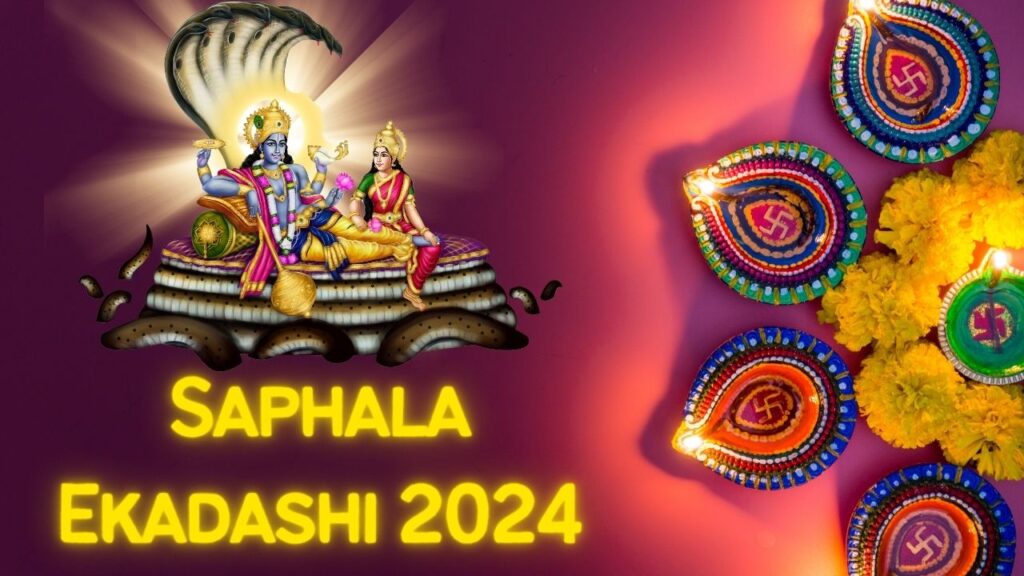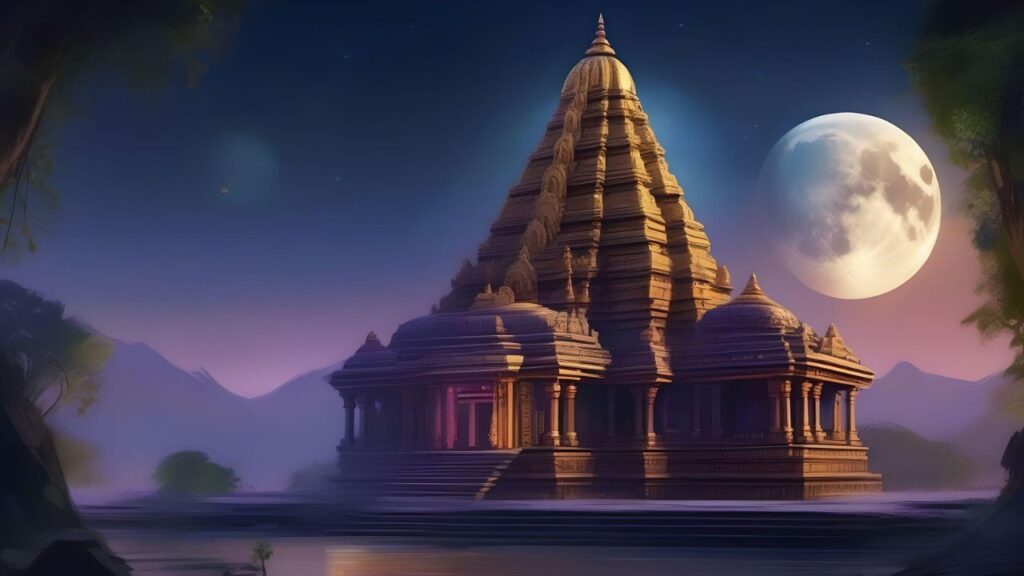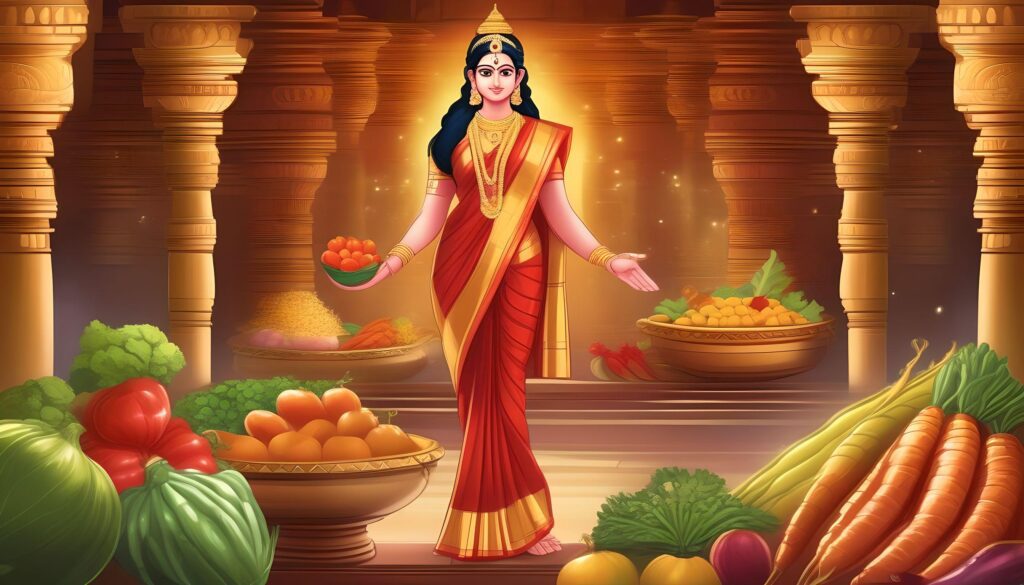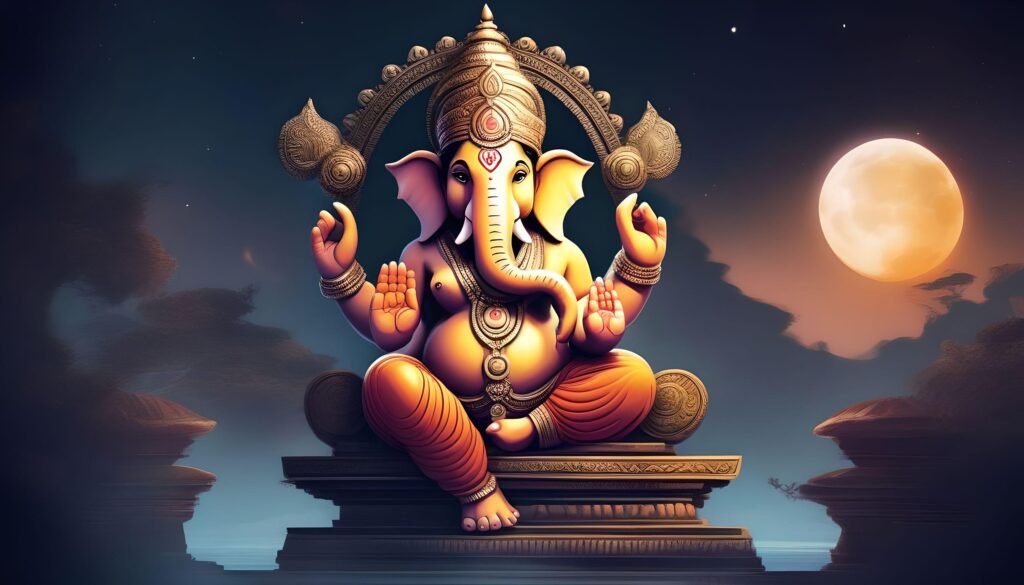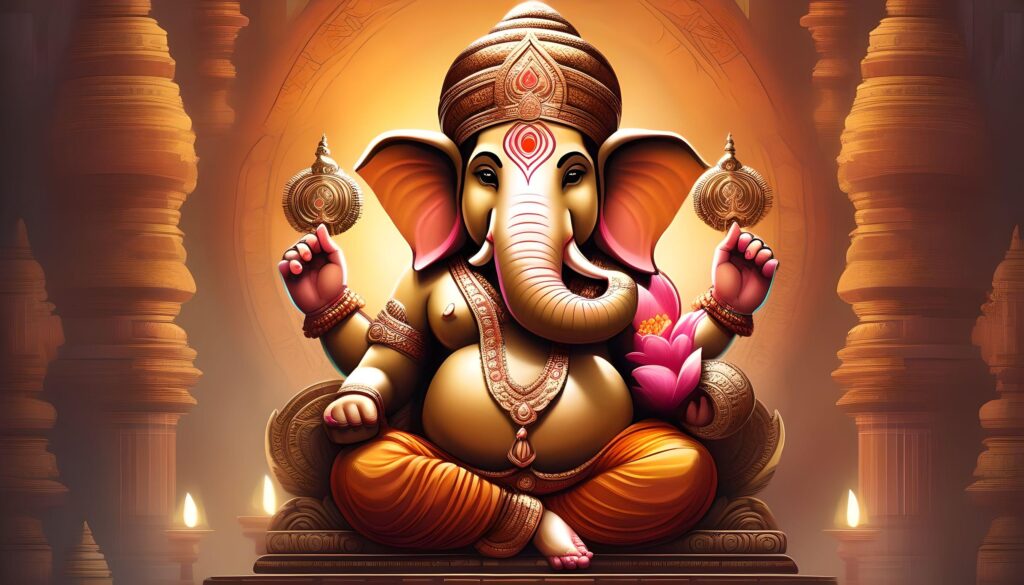Phulera Dooj: An Occasion of Joy and Divine Love
Introduction
Especially in North India, Phulera Dooj is a major celebration observed with much passion and dedication. Deeply ingrained in Hindu customs, this lucky day symbolizes the happy relationship between Lord Krishna and his followers. The celebration, which takes place in the Hindu month of Phalgun on the Dwitiya Tithi, the second day of the Shukla Paksha It is usually seen in temples honouring Lord Krishna, particularly in Mathura and Vrindavan, where the spirit of divine love and loyalty is strongest.
Phulera Dooj is special since it is said to be a day devoid of any inauspensiveness or dosha. Many view it as the perfect day for marriages and other holy events without consulting an astrologer for a lucky muhurat. The celebration, which marks the change into the major festival of colors, is also tightly associated with Holi.
We shall discuss the significance, customs, and happy celebrations of Phulera Dooj in this article together with the reasons Phulera Dooj occupies a particular position in Hindu tradition.
The Meaning and Significance of Phulera Dooj
The Hindi word phool, which means “flower,” generates the noun “Phulera.” The name of the festival reflects the flowering of happiness and loyalty under the presence of Lord Krishna. Phulera Dooj is supposed to be a link between spiritual devotion and joyous celebrations since on this day the holy Lord starts his preparations for Holi.
One of the basic ideas connected with Phulera Dooj is that the day is totally free from any planetary obstacles or adverse omens. Many believers so schedule lucky events including weddings, engagements, and housewarming ceremonies on this day, thinking that anything started on Phulera Dooj will be blessed with wealth and happiness.
Temples honoring Lord Krishna, especially in Mathura and Vrindavan, saw great celebrations. Lord Krishna’s idol is decked in vibrant clothing, flowers, and gulal—colored powder—symbolizing his lighthearted Holi preparation. On this happy occasion, devotees do aartis, sing devotional songs, and seek divine blessings.
The Connection Between Phulera Dooj and Holi
Phulera Dooj’s link to Holi, the color festival, is among its most fascinating features. Hindu custom holds that on this day, Lord Krishna and his followers start experimenting with colors, therefore preparing the ground for the spectacular Holi celebrations that follow.
Particularly in Vrindavan’s Banke Bihari Temple, devotees can catch a glimpse of Krishna’s mischievous nature as the idol is just faintly covered with gulal. This custom represents Krishna’s wish to envelop his followers in holy love and happiness. Many followers travel to Vrindavan at this period to feel the energizing environment of loyalty and celebration.
Considered as the forerunner to Holi, Phulera Dooj excites Krishna devotees with a sense of expectancy. This festival is a very spiritual day since its lighthearted and loving nature reminds followers of Radha and Krishna’s lifetime love.
Rituals and Celebrations of Phulera Dooj
Phulera Dooj’s simplicity and strong dedication define its beauty. Although celebrations vary somewhat according on the area, some rites are the same in temples and homes:
1. Temple Decorations and Special Darshan
Temple of Lord Krishna on Phulera Dooj are exquisitely ornamented with garlands, flowers, and vibrantly colored cloth. Krishna’s idol is wearing vivid, celebratory clothing, and fresh flowers cover the temple grounds to improve the spiritual atmosphere.
Many temples have a unique darshan—viewing of the deity—where followers may glimpse Krishna decked in Holi hues. Considered quite lucky, this is why worshipers swarm the temples looking for divine benefits.
2. Applying Gulal to Lord Krishna
Applying gulal on the idol of Lord Krishna is one of the most unusual Phulera Dooj customs. Devotees of some temples engage in this ceremony to show their preparedness to fully enjoy Krishna’s divine playfulness. Seeing the deity adorned in delicate pink and crimson, which symbolizes the happy core of the celebration, is hypnotic.
3. Devotional Singing and Bhajans
Devotees praise the heavenly love of Radha and Krishna by singing kirtans and bhajans, devotional melodies. Since melodic music draw followers closer to their adored deity, the whole environment is full of dedication. Some temples even plan musical events and talks about Krishna’s lighthearted previous interests.
4. Offering Bhog to the Lord
On this day, devotees prepare and offer special sweets and delicacies to Lord Krishna as bhog (food offering). Some of the commonly prepared dishes include:
- Makhan-Mishri (butter and sugar): Krishna’s favorite offering.
- Kheer (rice pudding): A sweet dish symbolizing prosperity.
- Gujiya (sweet dumpling): A popular Holi treat.
After the offerings, the bhog is distributed among devotees as prasad, signifying the blessings of the Lord.
5. Charity and Helping the Needy
On Phulera Dooj, many of the pilgrims also do acts of kindness. Giving the less fortunate food, clothing, or money is supposed to bring great rewards. As part of the festivities, some people plan communal dinners or hand sweets to the old and young.
Why is Phulera Dooj Considered an Auspicious Day for Marriages?
The Hindu wedding calendar places Phulera Dooj especially in importance. Many think that any marriage performed on this day will be blessed, joyful, and loving. Phulera Dooj is regarded as a generally lucky day unlike other wedding days that call for a thorough study of horoscopes and planetary alignments; it lets couples marry without contacting an astrologer for a muhurat, or lucky hour.
This view stems from the conviction that the holy love of Lord Krishna and Radha is at its zenith at this period, hence the ideal setting for couples starting their married path. Wedding ceremonies are rising significantly in temples; many couples pick this day to tie the holy knot under Krishna’s presence.
Conclusion
Phulera Dooj honors divine love, dedication, and joy rather than only a party. Spending a day honoring Lord Krishna makes followers happy and enthusiastic for the approaching Holi celebration. Hindu tradition values this event because of its rites, celebrations at temples, and spiritual relevance.
Observing Phulera Dooj reminds individuals who see Krishna of his playful love and close relationship with his followers. Phulera Dooj offers a sense of divine delight that fits Holi whether one visits temples, sings bhajans, offers prayers, or just takes part in the happy festivities.
Phulera Dooj signifies the beginning of a season when dedication and festivity mix into one lovely event as the air smells of flowers and colors start to make their presence felt. May this celebration bring to everyone who participates happiness, wealth, and heavenly favors!
